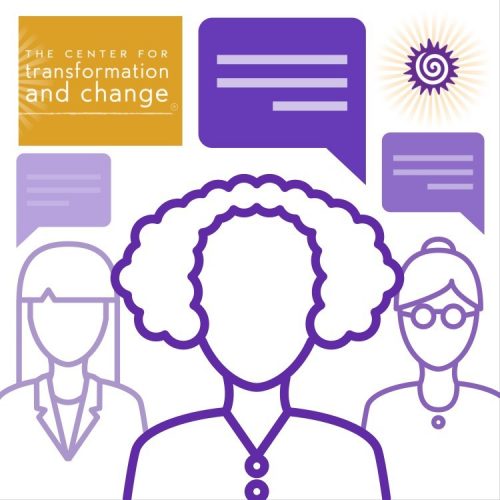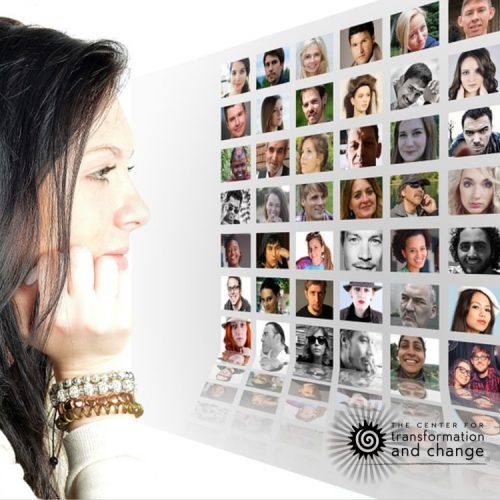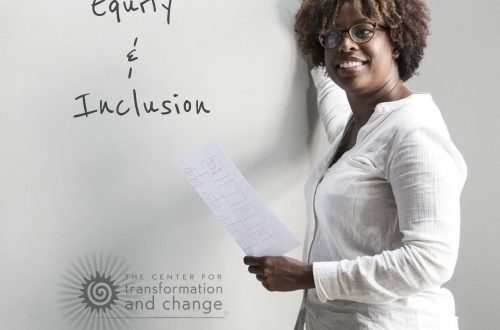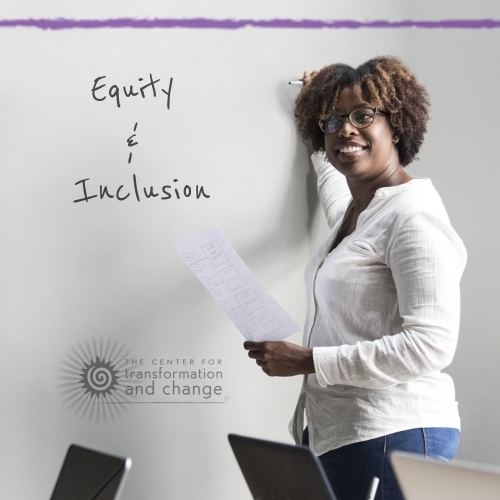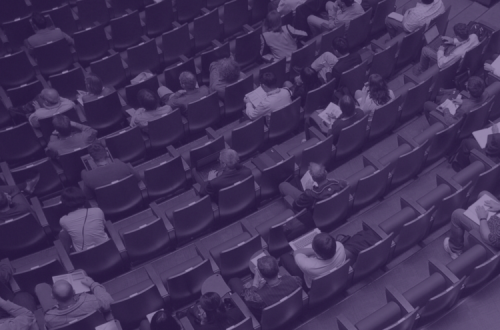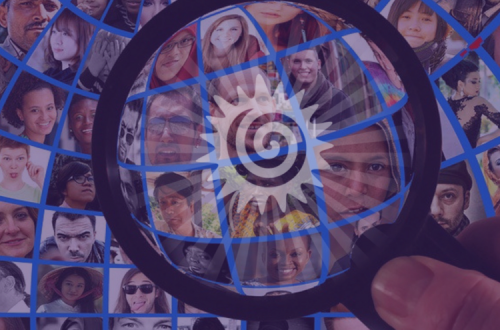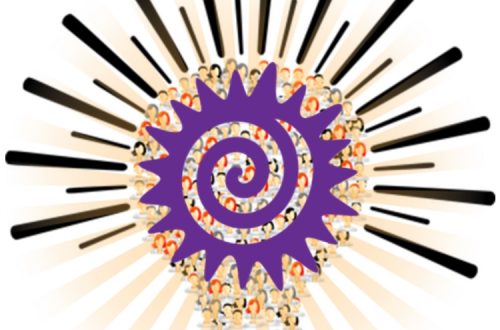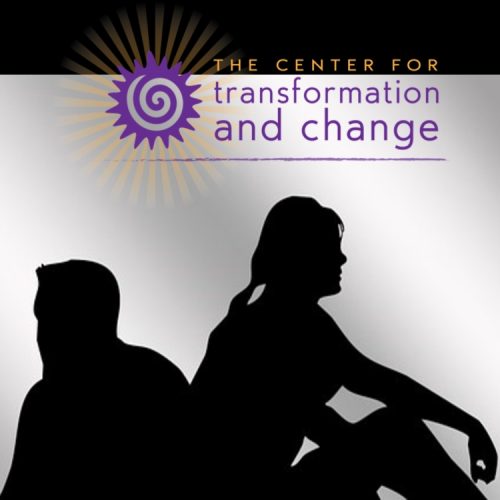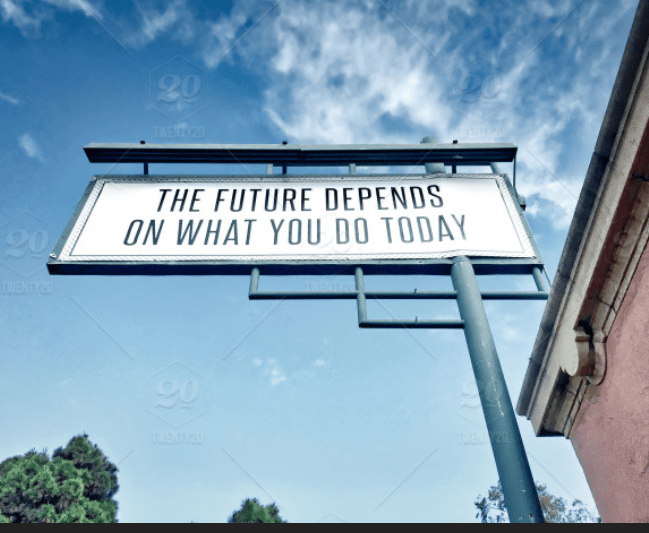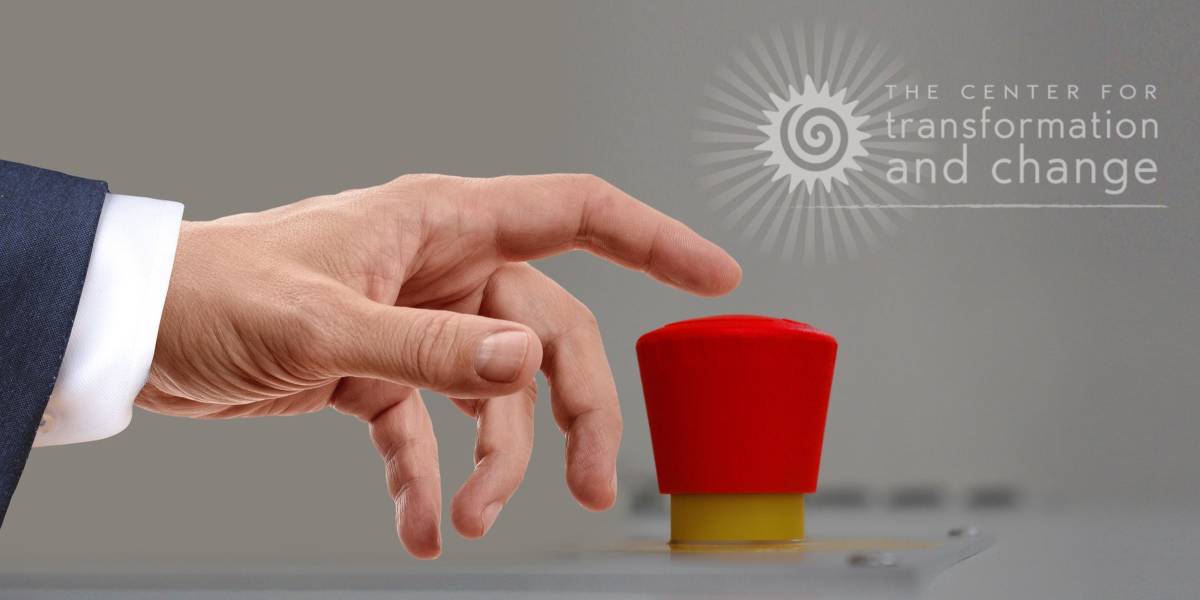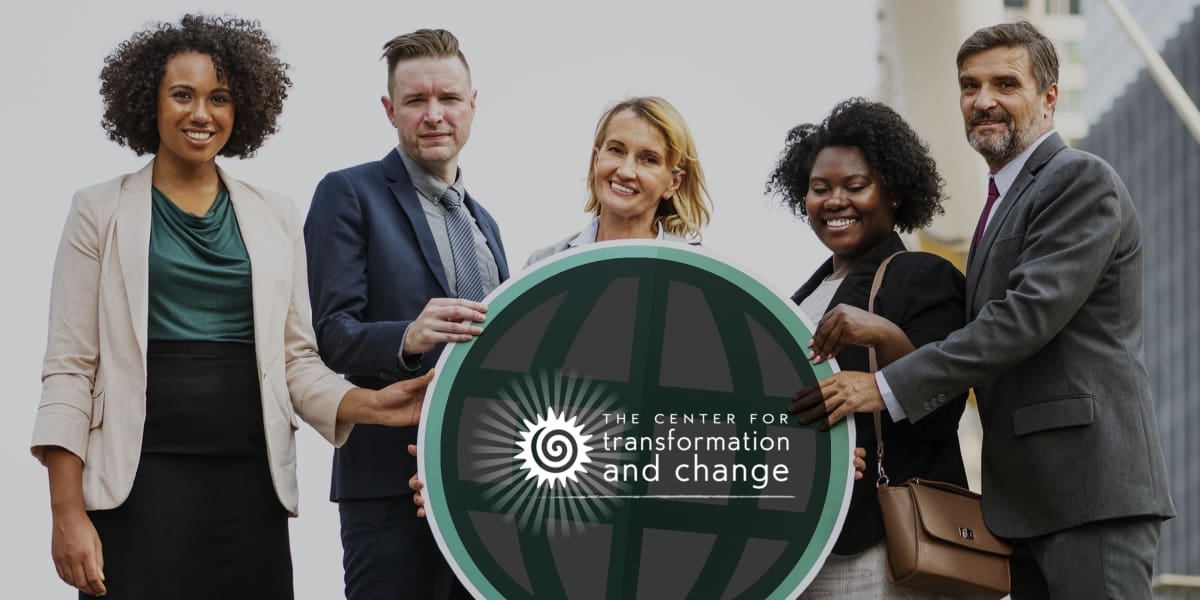-
When TMI Happens at a Training on Diversity, Equity & Inclusion
It happens sometimes. Your organization is committed to inclusion. Training sessions offer participants the opportunity to reflect, discuss and comment on exclusion and discrimination within the organization. And the dialogue is meaningful. Equity & Inclusion Trainings Can Be Intense But shortly after an intense sharing discussion, a participant expresses concern that they’ve shared a little too much. As a result, they may feel awkward, uncomfortable, nervous or even scared. Thinking that’s a problem? It doesn’t have to be. That negative feeling can serve as the basis for positive sharing. Openly admitting to feeling vulnerable oftentimes encourages others to admit to the same feeling – and authentic dialogue emerges. Establishing Authentic…
-
Feeling Excluded In Your Inclusion Efforts?
“Help! I feel like I’m the only one at my organization striving for equity and inclusion. I’m frustrated and drained.” Can you relate to those feelings of weariness? I know you can! I’ve heard similar statements repeated numerous times, and this topic popped up again in one of my recent Q&A sessions. You’ve got a handle around equity and inclusion, and you keep getting more requests to do diversity trainings…but it’s really not your job. The problem is that no one else is stepping up to the plate and you feel stranded in your efforts. Fortunately, there are ways to take the pressure off you while at the same time,…
-
You’ve been asked to train on equity & inclusion, but…
So, you’ve been asked to train on equity and inclusion, but there’s one small problem…you’ve never done it before! Eeeek…where do you start? A caller raised this great question during one of my recent Q&A sessions, and it’s one I hear a lot. There are a couple key steps that you can take, and I’m covering them below for you. Ready? Let’s go! Tip #1: Talk to your leaders about diversity and inclusion. Start by going back and chatting with the leaders or the person who asked you to do the equity and inclusion training. Ask them some basic questions like: Why do you want this training for our employees?…
-
Train the Trainer: Continuing Education is Key
As a facilitator, your role is very different from that of a teacher or educator. How so? Instead of providing information or giving your opinion, you’ll focus on asking lots of questions that help members of the group learn and deepen understanding from sharing their reflections, feelings and experiences. You may: Relate to what someone has shared Offer a bit about yourself to make a connection Encourage interaction and productive dialogue in the group Most importantly, the emphasis is on group members interacting with their peers. Specifically, you’ll: Bring as many different voices into the dialogue as possible Help share the air time equitably Encourage others to join in the…
-
Professional Development Is a Must, Not an Option
Creating greater inclusion and equity in your workplace is a top priority. You’ve outlined goals, formed guidelines for diversity practices, met with members of your organization, and shared with them the tools they need to create meaningful, sustainable change. Continuing Professional Development is Essential Feeling pretty good, right? It’s great – for a first step. Continuing professional development is a MUST. You must continue to expand your capacity to serve – to deepen and develop the strategies needed to help your organization move forward together to create an inclusive, socially just organization for all members and for those you serve. You can’t drop the ball in the first inning. You’ve…
-
Are your buttons getting pushed at work? Here’s a go-to guide packed with helpful tips.
Think you’re doomed to automatically react to situations that push your buttons in ways that have you saying “I can’t believe I did that” after the dust settles? I’m here to tell you: it can be different! Since we’re in that time of year where many organizations notice tensions rising, I’ve been talking a lot lately about navigating difficult situations. This post is meant to be a quick go-to reference – bookmark it so that the next time you feel like your buttons are getting pushed, you can refer to it for some fast tips to help you. 1) What pushes your buttons? Dig deep to discover more about…
-
Know the Warning Signs You’ve Been Triggered to Navigate Difficult Situations.
Look around. When was the last time you witnessed or were involved in a triggering situation? If you really take the time to observe, you’ll probably notice triggering events happening all around you, all the time. Even in organizations with some of the best laid-out plans, conflict in the workplace still happens. Conflict in the Workplace Sends Productivity Plummeting Even a seemingly minor disagreement can spiral out of control into a conflict in the workplace that undermines productivity and erodes professional relationships. What about you? Have you ever reacted on automatic pilot in a way that was less than productive when you felt triggered? Maybe some of these statements sound…
-
Stress Influences Our Reactions to Triggering Events
Ever pay attention that when life goes smoothly, nothing much bothers you? And you think, yeah, I’ve ‘fixed’ all my problems…you feel pretty good about yourself – and about your ability to handle difficult situations. You’ve got it covered. But gradually, daily stressors build up. Life drains us. We get worn out, preoccupied with ever-increasing demands – and as a result, react more emotionally and more deeply to triggering situations than we would have in our ‘life is good’ days. Can you relate? Recognizing The Cumulative Impact of Recent Experiences When we’re under a great deal of stress, we can perceive situations differently. For instance, a client related…
-
Teach More Effectively by Infusing Equity and Inclusion
In my last post, I briefly discussed strategies that facilitators can use to make their courses and training more effective by infusing equity and inclusion. Here, I’ll cover how you can design activities so participants can interact with and learn from the widest variety of people. Broaden Perspectives to Infuse Diversity and Inclusion Encouraging/requiring participants to interact with people different from themselves provides the opportunity to broaden their perspectives as well as increase their comfort working across differences. Here’s what I commonly observe: when facilitators let participants form their own discussion groups without any direction, most people seem to choose to work with those they already know and with whom…
-
Identify Your Hot Buttons at Work to Respond More Effectively.
Hot buttons. Everybody’s got ‘em. OK, admit it. Sometimes co-workers, colleagues or work situations irritate you. And to add insult to injury, you get even more annoyed when those around you don’t seem to be bothered by any of it. Sound familiar? Triggers are “in the eye of the beholder.” It’s important to identify just what your individual triggers are – and to effectively address them – so that you can respond more productively the next time you feel triggered. What Pushes Your Buttons in the Workplace? Read over the following samples of common workplace triggering situations. As you read each one, consider how much you emotionally react to each…
